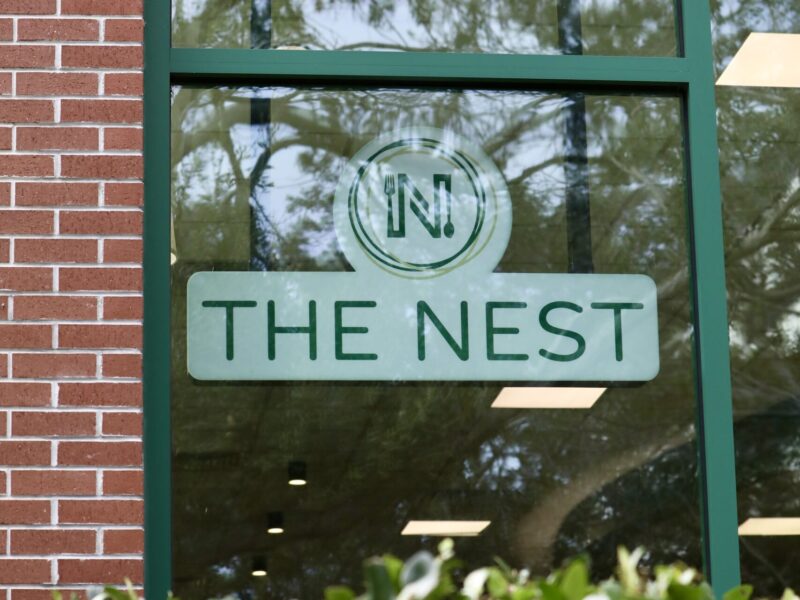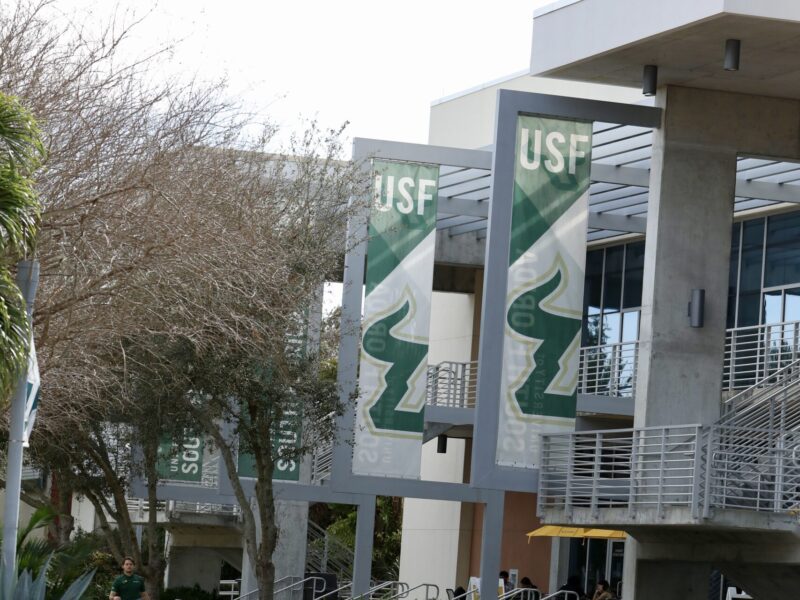Walt Disney and Salvador Dalí, the masterminds of animation and surrealism, were good friends.
The two were born three years – and a continent – apart. Disney, in 1901 in Chicago and Dalí in Figueres, Spain, in 1904.
And despite their distance, they shared a world of fantasy.
“You do not think of them in the same context,” said Peter Tush, the education curator at the St. Petersburg Dalí Museum. “But there was an unexpected connection between these two radically different figures. Their imaginations were so strong they had to create environments for others to experience what they desire.”

The Dalí Museum’s newest exhibit, “Disney and Dalí: Architects of the Imagination,” bring the two together, showcasing the artists’ works and various collaborations. The exhibit will be on display until June 12.
Tush is co-curating the exhibit along with filmmaker Ted Nicolaou. Nicolaou worked with Disney’s daughter Diane who sparked the idea behind the showcase.
“This will show an angle of Walt that people don’t normally think of — he wasn’t just all about family-friendly stuff,” said Nicolaou. “He wasn’t dark, but he dealt in dreams and fantastical images.”
The entrance to the entrance displays two large murals.
One is an architectural blueprint of Sleeping Beauty’s castle in Disneyland, while the other is Dalí’s “Dream of Venus” pavilion from the 1939 World’s Fair.
The murals, Tush said, emphasized the interest both had in architecture and design.
Throughout the exhibit, the men’s lives are paralleled from their childhoods to their eventual fame.
Their timelines are featured in an archive of photos, film clips, recordings, drawings and sketches, which to lead to the centerpiece – their first encounter.
Each were fans of the other’s works.
Dalí was impressed with Disney’s early cartoons, while Disney admired Dalí’s boundless imagination.
After reading Dalí’s autobiography in 1944, Disney sent his copy to the painter for an autograph and inquired about a possible collaboration. At the time, Dalí was working with film director Alfred Hitchcock on a dream sequence for the movie “Spellbound.”

Courtesy of the Walt Disney Company, © Disney
After the two met at a Hollywood party the following year, they planned for an animated film that would be packed with surrealist images like Disney’s “Fantasia.”
The project would eventually be called “Destino,” based on a Spanish ballad and translates into “destiny” in Spanish.
The production lasted eight months and resulted in 200 storyboards and contrasting visions.
In an article in the Los Angeles Times in April 1946, Dalí described the plot as “a magical exposition of life in the labyrinth of time,” while Disney saw it as “a simple love story — boy meets girl.”
Moreover, the project was beset with creative and financial difficulties.
Disney lost patience with Dalí’s creative additions which slowed down the production and cost the studio more than $70,000. The project was plugged less than a year later.
Despite the setback, they still remained friends for the next 20 years. They traveled to each other’s homes and discussed plans for a movie based on Don Quixote.
“Destino” was shelved for almost 50 years until Disney’s nephew Roy E. Disney decided to resurrect the film, completing it in 2003. The following year it was nominated for an Academy Award for best animated short film.
The exhibit’s final showpiece, “Dreams of Dalí,” is a virtual-reality experience of Dalí’s painting “Archeological Reminiscence of Millet’s ‘Angelus’ (1935).”
Visitors wear 3-D goggles and headsets to move around in the surreal environment, alluding to Disney’s passion for advanced technology.
“Both artists reached out for whatever was new, not only embracing it, they sometimes pioneered it,” the museum’s executive director Hank Hine told the Tampa Tribune.
“They both reached for the future.”


